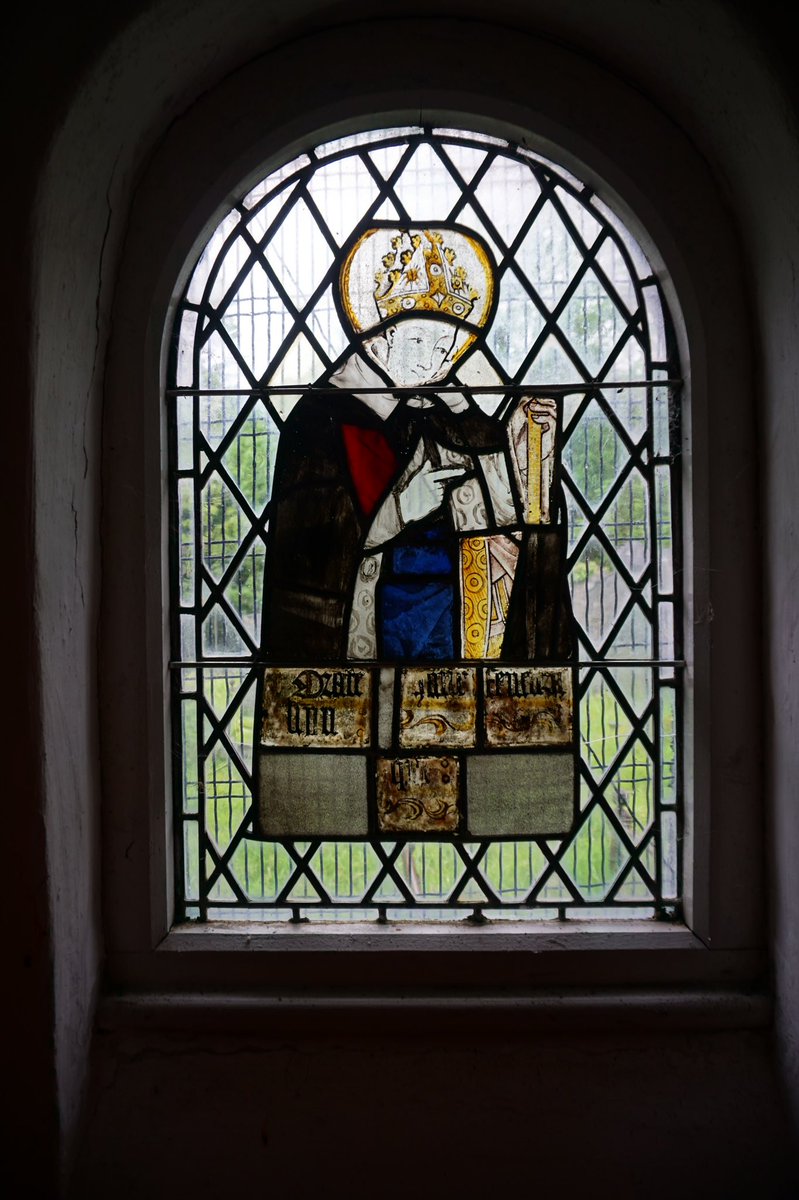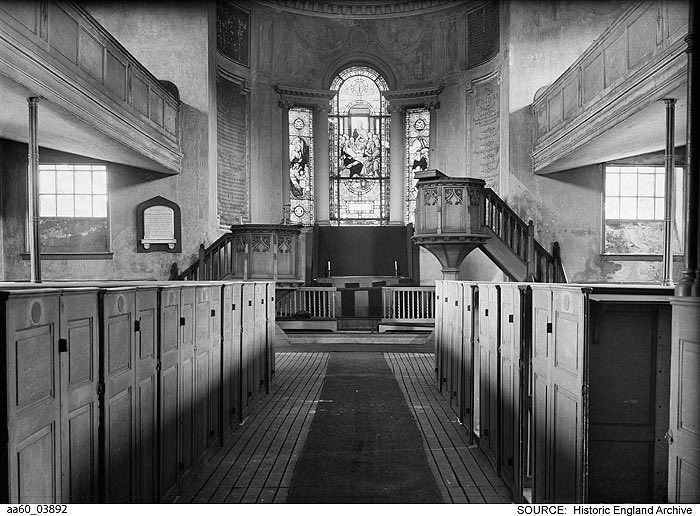
Welcoming hands greet visitors to St Michael and All Angels', Castlemartin in Pembrokeshire.
The wrought iron gates in the lychgate were made and presented to the church in 1890 by the multi-talented Pembroke engineering firm J&A Stephens - known locally as 'Knacky Stephens’…
The wrought iron gates in the lychgate were made and presented to the church in 1890 by the multi-talented Pembroke engineering firm J&A Stephens - known locally as 'Knacky Stephens’…

The original "Knacky Stephens" was John Stephens — Castlemartin's village blacksmith. He had the knack for fixing machines. His sons John and Archibald were also very ingenious, and grew a business as Agricultural, Marine and Motor Engineers. 

J&A Stephens did everything from repairs for the Admiralty Dockyard, to hiring out steam road rollers and farm machinery, to providing equipment to build a lighthouse on Skokholm Island. Archie even invented and patented a new submarine shackle, but it never went into production.
The 'Knackies' introduced the first bicycle to Castlemartin, and taught local ladies to ride it. The company also ran a motorcar taxi service and owned a double-decker bus from Glasgow called the Dreadnought. They hired it out for day trips, and even to campaigning suffragettes!
The gate at Castlemartin (seen here) was modelled on one from Sandringham. The hands may have been cast from one of their own; in 1893, Archie's 5-year-old son Corbett was the model for another hand-handle that they cast for the gates at their own engineering works. 

Read more about ‘Knacky’ Stephens and see a picture of little Corbett's hand(le):
pembroke.foundryhousepembroke.org.uk/StephensFamily…
And learn about St Michael and All Angels’, Castlemartin:
friendsoffriendlesschurches.org.uk/church/st-mich…
pembroke.foundryhousepembroke.org.uk/StephensFamily…
And learn about St Michael and All Angels’, Castlemartin:
friendsoffriendlesschurches.org.uk/church/st-mich…

• • •
Missing some Tweet in this thread? You can try to
force a refresh





















